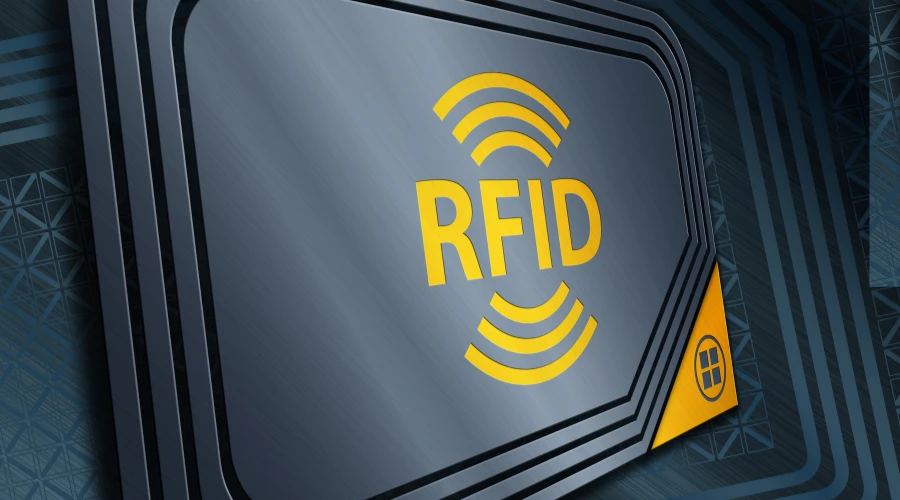
In the Warehouse industry, anything that is capable of managing your inventory is a huge benefit. Things have come a long way since the days of pen and paper, but maintaining an accurate and timely image throughout your career can still be a challenge. Fortunately, RFID technology is in place. With its ability to minimize human error and simplify warehouse operations, RFID has become one of the most important tools for the supply chain manager's toolbox.
What is RFID?
RFID stands for radio frequency identification. It is a type of wireless technology that uses radio-frequency electromagnetic fields to transmit data. Today, RFID technology is available in many different industries and is used to monitor everything from your family pet to your passport. With its ability to track and identify in real-time, it is not surprising that RFID technology has become important asset management and asset management tool.
How does this work:
A ship arrives. The RFID tag (or chip) is attached to the items in that post - either in individual boxes or the entire pallet. Each tag contains an internal memory for an item, which can be changed as it moves through different processes in the repository. Using an electromagnetic signal, the RFID tag transmits that information to a central server where the storage system management system can analyze the data.
Why not barcode? Unlike barcodes, RFID tags do not require the reader in the same line of sight. This not only eliminates the need for someone to scan each box but also means that the item can be scanned and indexed even if it is hidden behind other items.
Benefits:
Accuracy: Because RFID tags transmit data "on their own," human error is largely removed from the installation process.
Instant: Storage management software is updated in real-time, which means we know where an item is from when it arrives at the warehouse, exits the warehouse, and all the time in between.
Efficiency: RFID technology enhances efficiency in two ways: by automating processes that involved human intervention and simplifying those that are still operational. For example, RFID-tagged items can interact with warehouse software and automatically record their arrival and exit from the warehouse. And with services that require a personal touch, such as picking and packing, employees save many hours using RFID readers to quickly determine the exact location of any item.
Overall, the integration of RFID technology with sophisticated management systems lowers operating costs and increases the speed and accuracy we can promise our customers on a daily basis.
Conclusion:
The benefits of providing RFID technology make it a top choice for supply chain operators who want to maximize efficiency and meet growing needs. 13SQFT.com offers a solid selection of RFID technology solutions designed by a trustable partner to meet your operational needs in the industry.
POSTED BY
Team 13SQFT